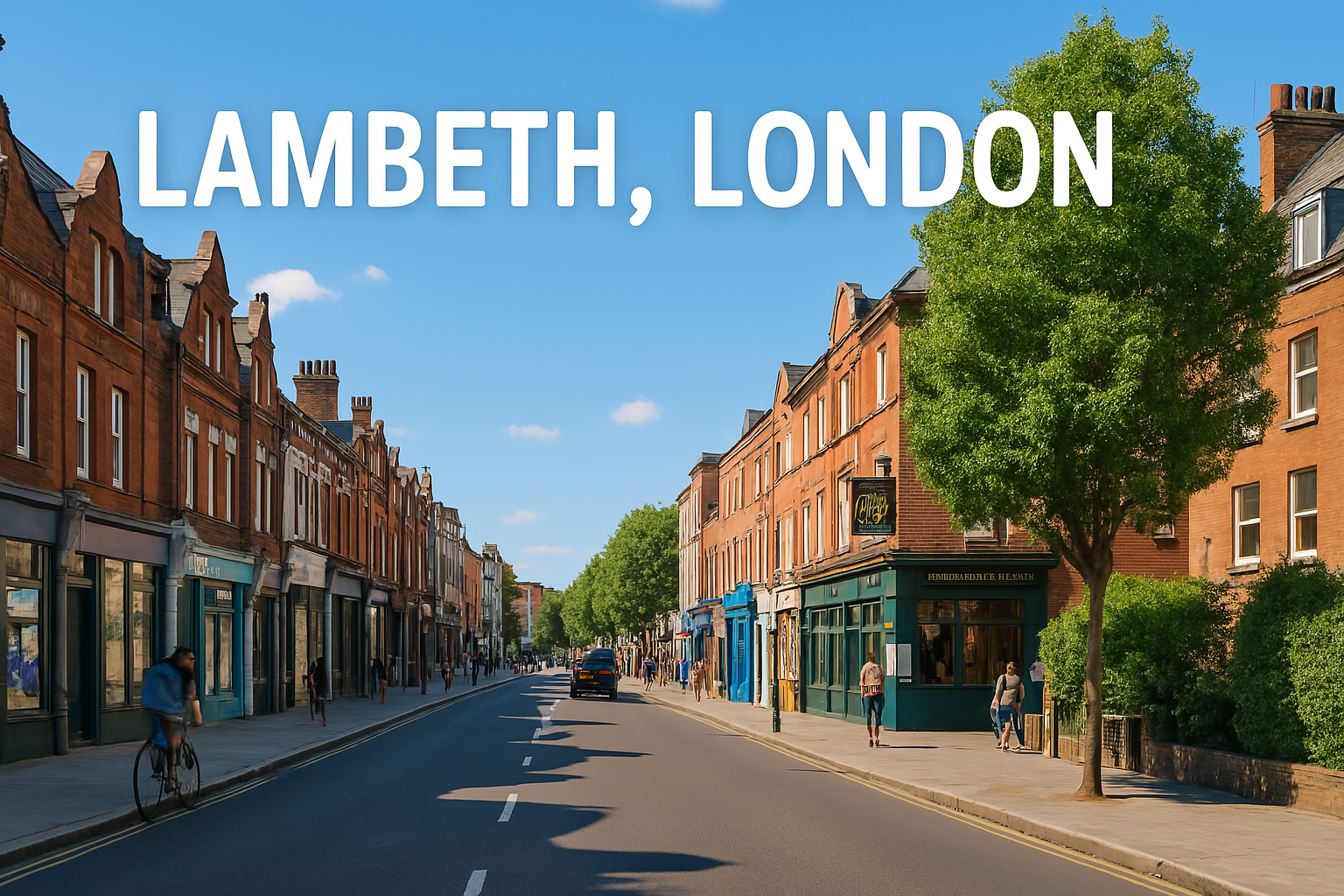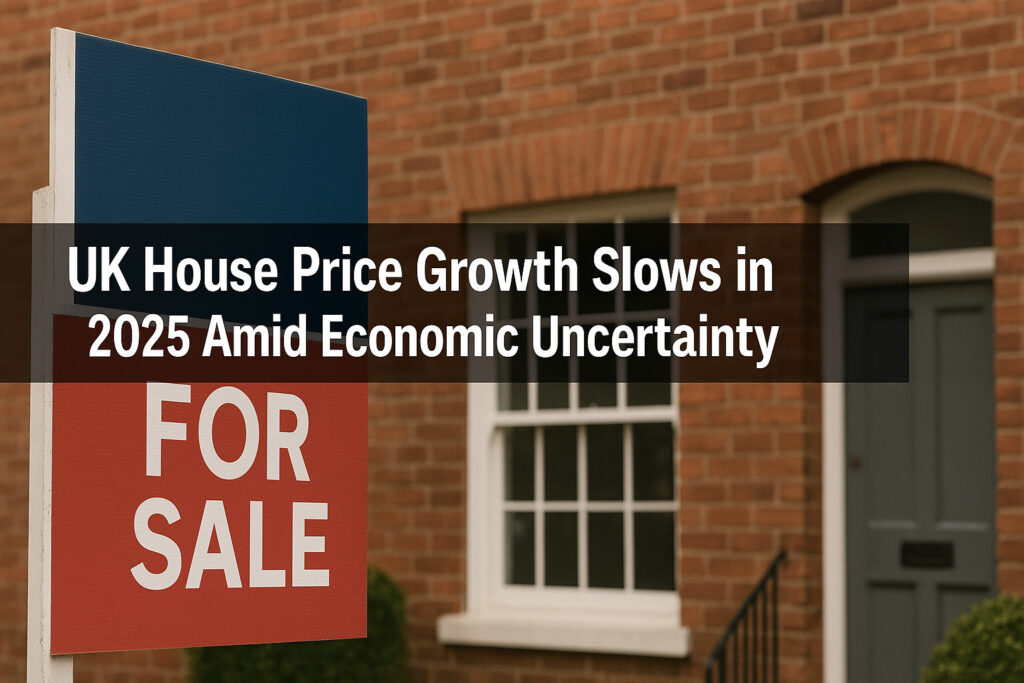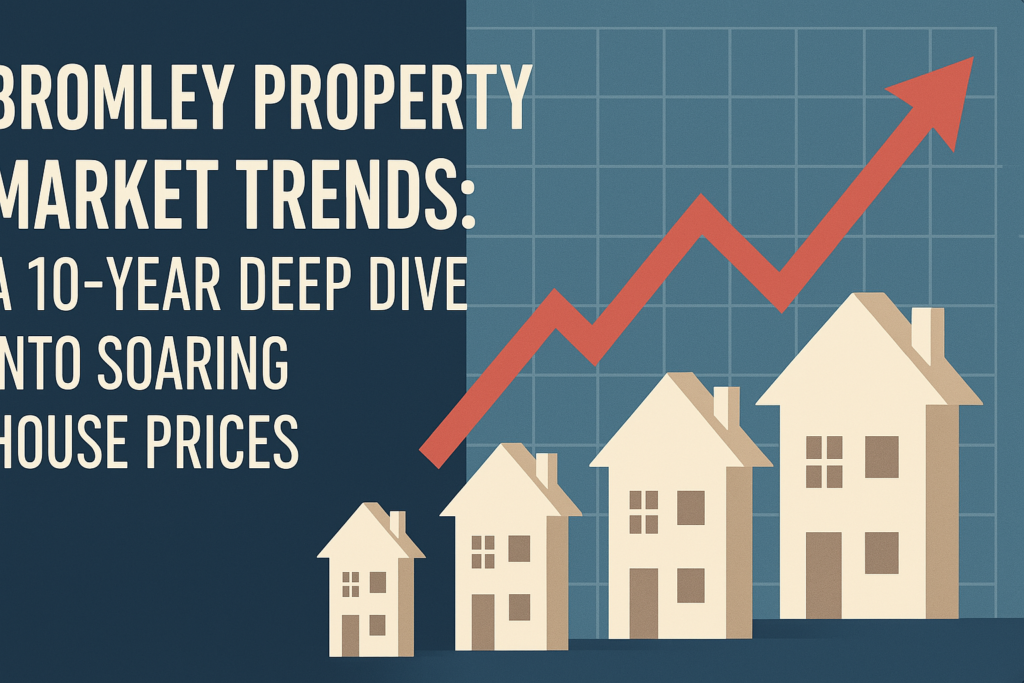The London Borough of Lambeth, located in South London, is one of the capital’s most dynamic and diverse boroughs.
With bustling town centres such as Brixton, Clapham, Streatham, and Vauxhall, Lambeth appeals to a wide demographic, including young professionals, families, students, and long-time residents. The borough offers an intriguing blend of council housing estates, Victorian terraces, and modern high-rise developments, making it a key focus for renters and buyers alike.
Current Trends in the Lambeth Rental Market
Strong Demand and Rising Rent Prices
The rental market in Lambeth continues to demonstrate strong demand across all property types, largely driven by its central location, excellent transport links, and cultural vibrancy.
As of 2025, average rental prices in Lambeth have seen a consistent upward trend:
One-bedroom flats: £1,800 – £2,200 per month
Two-bedroom flats: £2,400 – £2,800 per month
Three-bedroom houses: £3,200 – £4,200 per month
The post-pandemic return to urban living, combined with a shortage of rental stock, has led to competitive bidding for quality properties—especially in hotspots like Clapham North, Brixton Hill, and Oval.
Short-Term Let Growth and Impact
Platforms like Airbnb have increased the number of short-term rentals in Lambeth, especially in areas close to central London.
While profitable for landlords, this has tightened the long-term rental supply, further driving up monthly rents.
The local council has introduced licensing and regulation schemes to monitor this activity and safeguard housing availability for residents.
Key Areas in Lambeth for Renters
Brixton
Brixton remains a cultural hub and is a top choice for young renters seeking nightlife, music, and independent eateries.
The Victoria Line provides swift access to Central London. Rental yields are strong, and demand is exceptionally high for period conversions and new-build apartments.
Clapham
Clapham, particularly Clapham North and Clapham High Street, attracts professionals due to its café culture, open green spaces,
and transport links, including the Northern Line and Overground. Renters often look for garden flats, maisonettes, and modern developments.
Streatham
Streatham offers more affordable rental options than central Lambeth while still within the city’s reach.
The area is popular among young families and first-time renters. Properties range from 1920s and 1930s houses to new-build flats along Streatham High Road.
Vauxhall
Vauxhall is undergoing substantial regeneration, with luxury apartments, riverfront developments, and commercial spaces transforming the area.
Buy-to-let investors and executive renters are drawn to the Nine Elms regeneration zone, making it one of the most lucrative rental zones in the borough.
Lambeth Housing Market Overview
Property Prices and Buyer Trends
Lambeth’s housing market reflects a mixed profile of affordability and premium pricing, with average property prices varying significantly between districts. As of Q1 2025:
Average flat: £525,000
Average terraced house: £740,000
Average semi-detached house: £910,000
High demand, limited supply, and the influx of overseas and domestic investors contribute to price inflation, particularly in developments near Vauxhall and Waterloo.
First-Time Buyers and Shared Ownership
Lambeth is a key area for first-time buyers, particularly those accessing Help to Buy or shared ownership schemes.
Several housing associations operate in the borough, offering new-build homes aimed at younger professionals and key workers.
Areas like Herne Hill and Tulse Hill see steady interest from first-time buyers due to their community feel and access to green space.
Affordable Housing and Council Strategies
Lambeth Council has committed to building 1,000 new homes at council rent through its Homes for Lambeth programme.
The initiative aims to replace outdated estates with high-quality, energy-efficient homes while increasing the borough’s affordable housing stock.
The council’s housing strategy also includes:
Tighter regulation of rogue landlords
Enforcement of HMO licensing
Investment in housing services and repairs
This multi-pronged approach seeks to improve the standard of rental accommodation while ensuring long-term residents are not priced out.
Regeneration Projects and Their Housing Impact
Several major regeneration projects are reshaping the borough’s housing landscape:
Nine Elms and Vauxhall
The Nine Elms redevelopment is among the largest in Europe, featuring luxury apartments, public parks, business districts, and the U.S. Embassy.
It continues to attract international buyers and renters but has also raised concerns about affordability and gentrification.
Myatt’s Field and Somerleyton Road
These council-led redevelopments focus on community-led housing, prioritizing local families and mixed-tenure living. Such projects are helping balance private investment with social sustainability.
Buy-to-Let Opportunities in Lambeth
Lambeth offers strong rental yields, especially for properties near underground stations and cultural hubs. Investors are drawn to:
High-footfall areas like Brixton and Stockwell
New developments with modern amenities
HMOs in proximity to universities and hospitals
Landlords benefit from high demand but must remain vigilant of regulatory changes, including licensing requirements, EPC rating thresholds, and rent cap discussions.
Challenges in the Rental and Housing Market
Despite its growth, Lambeth faces several housing market challenges:
Affordability: Rising rents are pushing lower-income residents out of central areas.
Supply shortages: Both rental and ownership markets suffer from under-supply.
Gentrification: Long-standing communities face displacement due to luxury developments.
Regulation complexity: Landlords must navigate changing policies around EPCs, deposits, and short-term lets.
These challenges present opportunities for innovative housing solutions, including co-living schemes, modular homes, and community land trusts.
Frequently Asked Questions
1. Is Lambeth a good area in which to rent property?
Lambeth is considered a highly desirable borough for renters due to its excellent transport links, cultural diversity, and variety of housing options. Areas like Brixton, Clapham, and Vauxhall are particularly popular among professionals and creatives.
2. What is the average rent in Lambeth in 2025?
The average monthly rent in Lambeth varies depending on the property type:
1-bedroom flat: £1,800–£2,200
2-bedroom flat: £2,400–£2,800
3-bedroom house: £3,200–£4,200
Prices are higher in central and regenerated zones like Vauxhall and lower in Streatham and Tulse Hill.
3. Is Lambeth affordable for first-time buyers?
Lambeth is more affordable than some central London boroughs but still expensive. Shared ownership and Help to Buy schemes make it more accessible for first-time buyers, especially in regeneration areas or outer zones like Streatham.
4. What are the best areas in Lambeth for rental investment?
Top-performing areas for buy-to-let investment include:
Brixton – high rental demand and cultural appeal
Clapham North – great for professionals
Vauxhall – luxury developments and riverside living
Stockwell – strong transport links and growing demand
5. Are there affordable housing schemes in Lambeth?
Yes. Lambeth Council has committed to building 1,000 new council homes, and offers shared ownership schemes, housing association developments, and other affordable housing initiatives through its Homes for Lambeth programme.
6. How is the short-term rental market in Lambeth?
The short-term rental market thrives, especially near central hubs and tourist areas. However, the borough has regulations and licensing requirements to manage Airbnb-style lets and ensure long-term housing availability.
7. Is Lambeth suitable for families?
Yes. Lambeth has a wide range of family-friendly neighbourhoods, parks, and schools. Herne Hill, West Norwood, and Streatham are popular with families due to their green spaces and community vibe.
Conclusion: Lambeth’s Housing Future
The London Borough of Lambeth is a microcosm of the broader London housing market—diverse, competitive, and rapidly evolving.
As regeneration projects continue and demand remains robust, both the rental and ownership landscapes are set to stay active.
Those looking to rent, buy, or invest must act strategically, understand local dynamics, and anticipate shifts in policy and pricing.
Lambeth provides investors with an ideal mix of capital growth and rental income potential. For renters, it offers cultural richness and proximity to central London.
For policymakers, it represents the challenges of delivering sustainable, affordable, and equitable housing.
Read our other Blogs:
Choosing The Right London Estate Agent: What You Must Know





